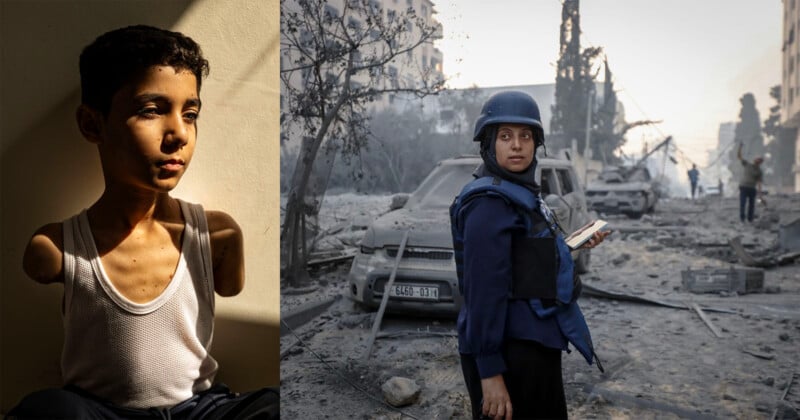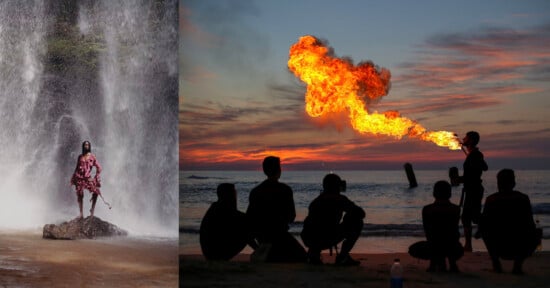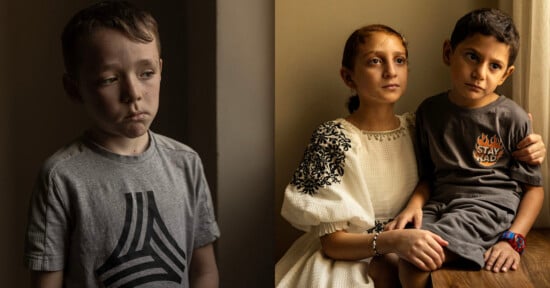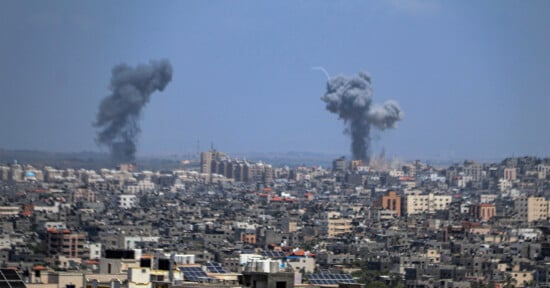Palestinian Photojournalist Wins World Press Photo of the Year 2025

The World Press Photo Awards has announced its overall winner and Samar Abu Elouf, a Palestinian photojournalist, has won Photo of the Year for her portraits of a young boy named Mahmoud Ajjour who was severely injured while fleeing an Israeli attack in Gaza.
The haunting image of Ajjour was taken by Elouf while she was on assignment for The New York Times. The portrait was done in Doha, Qatar, where Ajjour was evacuated from Gaza and where Elouf lives as well.
Ajjour was severely injured while fleeing an Israeli attack in Gaza City in March 2024. After he turned back to urge his family onward, an explosion severed one of his arms and mutilated the other. The family was evacuated to Qatar where, after medical treatment, Mahmoud is learning to play games on his phone, write, and open doors with his feet. Ajjour now wants prosthetics and to live his life the same as most children.

“This is a quiet photo that speaks loudly. It tells the story of one boy, but also of a wider war that will have an impact for generations. Looking at our archive, in the 70th year of World Press Photo, I am confronted by too many images like this one,” says Executive Director of World Press Photo Joumana El Zein Khoury.
Two photos were chosen as runner-ups alongside Photo of the Year. They are Night Crossing by John Moore, which shows Chinese migrants attempting to stay warm after they cross the US-Mexico border.

The other runner-up depicts droughts in the Amazon and shows a young man bringing food to his mother who lives in the village of Manacapuru. Taken by Musuk Nolte, the village was once accessible by boat but drought means the man must now walk two kilometers (over a mile) along a dry riverbed.

Regional winners were announced last month. A total of 42 winners were selected from Africa, Asia-Pacific and Oceania, Europe, North and Central America, South America, and West, Central, and South Asia. To see those winners, check out PetaPixel’s article.
The World Press Photo Exhibition 2025 will take place at the MPB Gallery in London from May 23 to August 25. Tickets can be bought here.
Earlier this week, PetaPixel reported that one of the regional winners, Russian photographer Mikhail Tereschenko, is no longer invited to the World Press Photo awards ceremony in Amsterdam. World Press Photo put out a statement saying “we are no longer able to facilitate a guest from a state-controlled Russian organisation.”


